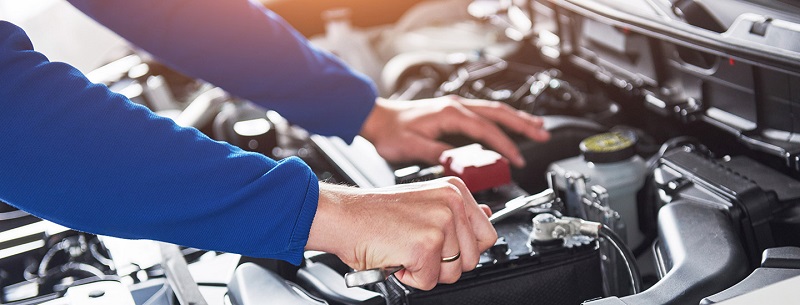Car Care FAQs: The Basic Maintenance You Need to Know

Anyone who prefers to DIY their car care and maintenance can tell you the same thing: you’re going to have many questions (and a couple of headaches) along the way.
The car has many parts with different requirements (e.g. care tools and techniques). Whether you’re a new car owner or a veteran car owner, you’ll have questions about the brakes, batteries, tires and more. Should you use wheel balancers to change tires? What should I do if my car starts to overheat? Why is my engine oil brown?
Whether you own a basic Toyota or a 1959 Cadillac, basic car knowledge is helpful. Read on for helpful tips on how to care and maintain all parts of your car.
Keep yourself informed to prevent bad DIY jobs that can damage your car.
How Do I Check My Engine Oil Levels?
Checking your car’s oil levels is one of the important things to do so you can prolong the life of your engine. Apart from being an important task, it is a simple one you can do quickly. Follow these steps when checking your oil level:
- Park your car on level ground to get an accurate reading.
- Open the hood of your car and look for the dipstick. Usually, the dipstick has a brightly colored handle that is labeled OIL.
- Pull the dipstick out and wipe it down with a rag or a towel and put it back. Make sure that it goes all the way in.
- Next, pull the dipstick out and avoid turning the stick upside down to read because the oil will run.
- Dipsticks have two marks on the bottom (these are usually holes or lines in the stick). Read the level by looking to see where the dry section and oil section meets.
If the oil is below the bottom mark, you need to refill your engine oil. When filling up your oil, avoid filling more than a quart a time without checking the levels again.
Why is My Check Engine Light On?
When you notice a yellow light out of the corner of your eye, it could be your check engine light. When this happens, it’s easy to panic, especially when you don’t know what the light is trying to tell you. The often misunderstood “Service engine soon” message means different things: a loose gas cap, a broken oxygen sensor or a misfiring engine.
Fortunately, checking the engine light doesn’t always require you to pull your car over to the side of the road and call a tow truck. It just means that your car needs professional help as soon as possible. If you disregard the warning, you may need to call a tow truck in the future. The check engine light could be a sign that your car is emitting high levels of pollutants or getting poor fuel economy.
Once the check engine light of your car is on, schedule a service appointment immediately.
How Do I Change a Tire?
It happens to the best of us: you get a flat tire in the middle of the road. Most people have access to roadside assistance in case this happens but it’s always good to have basic tire-changing know-how. Consider the following steps:
- Find a safe spot to pull over. Avoid parking in the middle of a curve because approaching cars won’t see you.
- If you have a manual transmission, leave the vehicle in gear.
- Turn on your hazard lights and set your parking brake.
- Use a wrench to loosen the lug nuts.
- If you have to remove the hubcap, avoid removing the lug nuts. Instead, just turn the wrench counter-clockwise.
- Use a jack to lift your car off the ground. Once you’ve secured the jack, jack up the car until your tire is six inches off the ground.
- Place the spare tire. Put on the lug nuts. Lower your car back to the ground.
How Do I Change My Car Batteries?
No car battery lasts forever. When they give up on you, take a note of a few things: how old is your car battery? Are your headlights dimming? Does your car need a jumpstart? If you answered yes to all, it’s time to get a new battery.
Bring your car to a trusted and experienced mechanic. But if you have to change your car batteries yourself, don’t worry. It’s a quick and easy job that requires minimal tools.
- Look for build-up in the form of a blue or white reside around the terminal. Remove this to solve your problem. Use gloves to avoid corroding your skin.
- Check the alternator. Some cars have a battery meter, which maintains your charging systems.
When your car breaks down, it’s important to seek professional help ASAP. But while you’re waiting for a pro, there are some DIY car fixes you can do.